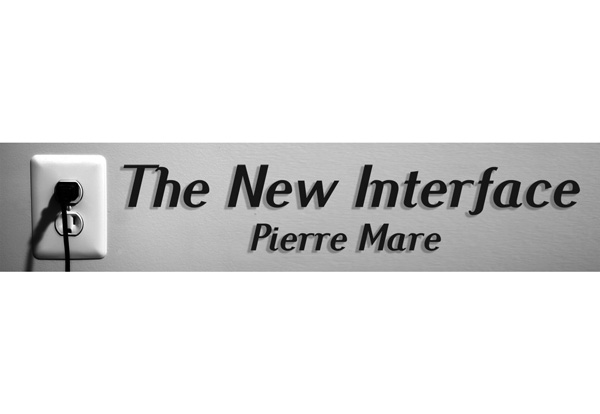
Reflecting and thinking ahead
![]() One of the leadership bloggers I follow, Michael Hyatt, has recently done a study on high achievers to find out what they do to set themselves up for success in the New Year. He identified a lot of commonalities, but by far, the most consistent practice high achievers share to set themselves up for a great year is to reflect on the current one. The review process was a little different for each person, but most seemed to focus on what went right, what went wrong, and what could be learned for the upcoming year.
One of the leadership bloggers I follow, Michael Hyatt, has recently done a study on high achievers to find out what they do to set themselves up for success in the New Year. He identified a lot of commonalities, but by far, the most consistent practice high achievers share to set themselves up for a great year is to reflect on the current one. The review process was a little different for each person, but most seemed to focus on what went right, what went wrong, and what could be learned for the upcoming year.
So, for this last article of the year, I want to urge you to reflect on the innovation highlights you’ve experienced in your organisation, and take the lessons learned and apply them in the New Year. I want to share some of my innovation highlights of the year, and also take a look into the crystal ball and make a couple of predictions for 2015.
Highlights
Peter Drucker said that the purpose of a business is to create and keep a customer. Innovation is my passion and I am always intrigued with the new ideas businesses can come up with to wow customers and to fulfil Peter Drucker’s “prophecy”. This year I have seen some amazing products, and not all of them are electronic gadgets, e.g. braai tongs with a light in, now that’s an invention that I am surprised that a braai crazy nation has not invented up till now! I have also seen simple ways in which businesses changed processes that makes a big difference in customer experience, e.g. tilting a computer screen 180 degrees so that the customer can see what is happening on the screen and select his or her options on the screen. I have seen new flavours on “old” products (literally flavours, i.e. adding a dash of lime to my favourite beverage…) and I have seen some very disruptive start-up business as well. In terms of disruptors, and I know it has not hit our market yet, but by far the most disruptive business that made the headlines was Uber. For the readers who have the opportunity to go overseas for the holidays and need transport, make sure to try it out. In essence, Uber matches consumers to car services in many cities around the globe, using a mobile app. It is a big disruptor to the taxi business. It owns no cabs and has no cab drivers as employees. Instead, it plays the role of matchmaker, matching a driver/car with a customer looking for a ride and taking a slice of the fare for providing the service. Its value comes from the screening that it does of the drivers/cars (to ensure both safety and comfort), its pricing/payment system and its convenience. It is such a simple concept (one of those “why didn’t I think of that” moments) and its success is due to the fact that it addresses a real customer need. Now that is innovation! In terms of what will emerge in the innovation space in 2015, I believe that we are finally at the point where executives will stop simply asking for innovation and start asking how they can accelerate innovation or create the conditions for innovation to flourish. In the past, it’s been fashionable for executives to talk about innovation, but little of that talk translated into action or new investments. Over the last decade an entire rank of executives has matured and taken on new roles.
They are primed to create more change and recognize the shortcomings of the existing “business as usual” processes. For 2015 and beyond I believe that increasingly we’ll see executives take the next step – start to act on their demands. Lastly, with regards to hatching ideas, the best advice I can give is to look for ideas by studying problems. Ideas come from studying problems and looking for the better way to solve them. What is the unmet need? Where is the market inefficiency? Ask yourself what people might want if it were available. When you run into a frustration or problem during the holidays, divert your attention and ease the frustration by thinking of a way how you can turn the frustration into an opportunity!











































